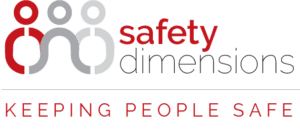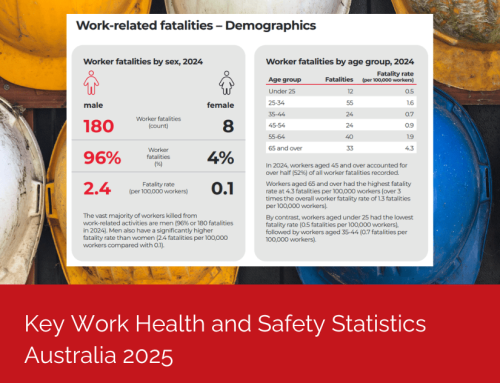https://youtu.be/N76j2Vl2zAk?si=QAgDUVafqOI-o41K
Every leader wants a safe workplace. But under WHS legislation, wanting safety is not enough. Leaders must actively demonstrate safety leadership, meet legal obligations, and create a culture of safety that ensures every team member goes home in the same condition they arrived.
At LDN, we’ve worked with over 20,000 leaders across Australia and New Zealand. What we’ve learnt is clear: knowing what to do isn’t enough—you must also know how to implement safety. That’s where due diligence comes in.
Understanding your safety obligations as a leader
When an incident occurs, investigators will ask critical questions to determine if you exercised due diligence including:
- What have you done personally to ensure safety?
- What would your team say you’ve done?
If you can’t answer both with clarity and evidence, you’re at risk—legally, financially, and morally.
To protect yourself and your team, you must start by doing three key things:
- Confront the risk
- Ensure compliance
- Instil safe daily work practices
Let’s break down what each of these mean in practice.
1. Confront the risk: ask the right questions
Leaders must take ownership of the risks in their areas of control. This starts by asking the right questions. At Safety Dimensions, we teach the “Powerful Six” questions that help leaders identify and manage safety risks:
- What am I accountable for?
- What are the key hazards and risks in each task I oversee?
- How do I maintain a current picture of these risks?
- What critical controls are in place? Do they eliminate or reduce risk?
- How do I know these controls are consistently applied?
- Are the controls effective? Am I challenging the status quo enough?
Asking these questions regularly, documenting responses, and involving your team helps build a culture of transparency and accountability.
2. Ensure compliance: Go beyond tick-and-flick
Legal compliance is more than paperwork. Simply handing someone a procedure to read and sign does not meet legal requirements – and it certainly doesn’t change behaviour.
True compliance requires engaged conversations where team members:
- Understand the safety procedures
- Can paraphrase and explain their responsibilities
- Speak up about concerns or gaps
Interactive conversations, not checklists, are what demonstrate genuine compliance.
3. Instil safe daily work practices
Workplace safety isn’t only about systems—it’s about the right behaviours. Your team watches what you do and listens to what you say. If you cut corners, they’ll assume that’s acceptable. If you ignore fatigue, stress, or missing PPE, you’re silently endorsing unsafe behaviours.
To build a culture of safety:
- Role model safe behaviours at all times
- Insist on standards being upheld
- Integrate safety into every decision and plan
- Be rigorous with operational and behavioural expectations
Remember: your actions set the tone. Safety must be visible, consistent, and non-negotiable.
It’s about more than compliance – it’s about care
While legal consequences, reputation, and cost are important, your real safety obligation is ensuring that every member of your team returns home safe and well.
This is leadership. This is accountability.
And there’s nothing more important than that.






